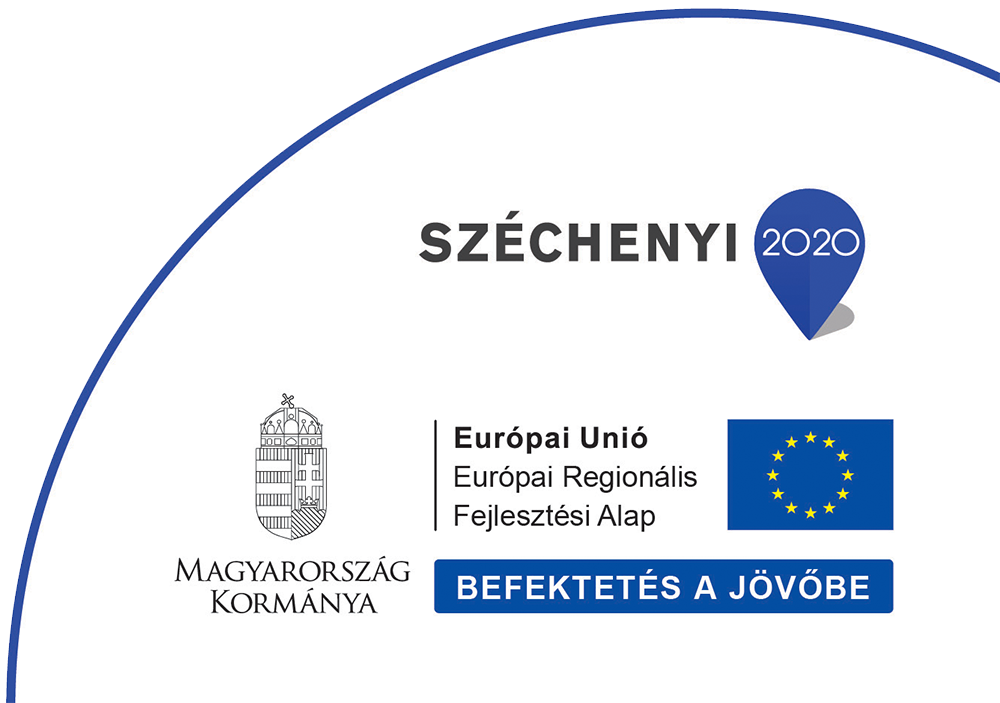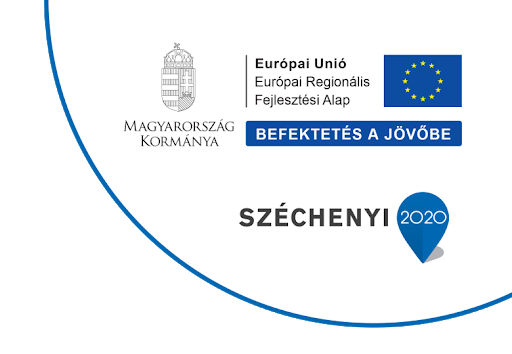
Research and Development of Intelligent Optical Sheet Metal Part Recognition and Laser Marking Equipment
Project ID: GINOP-2.1.1-15-2016-00866
New domestic development can automate the quality control tasks of sheet metal fabrication companies in both small and large-scale factory conditions. The new system developed jointly by Meleghegyi és Társa Ltd and Optimal Optik Ltd, not only controls the external dimensions and contour of the finished sheet parts but also engrave the corresponding serial number or code into the sheet. Inside the machine, a multi-camera measuring system can identify the part by recognizing its contour lines, a laser dot matrix generator, and a built-in scale by measuring the material thickness and weight. In the same place, the machine assigns a code or serial number to the object using a laser engraver modified for this purpose. From the data measured in this way, the computer uses special software to determine which part is identified and whether its parameters correspond to the data stored in the ERP system.
It compares the measured and stored information and checks the quality and quantity of the parts and feeds them back into the control system.
In the project, the optical tasks will be performed by Optimal Optik Ltd, the mechanical works will be carried out by Meleghegyi és Társa Ltd, and the first equipment will also operate at their site.
Meleghegyi és Társa Ltd is developing a fundamentally new tool for the production of sheet metal parts. The process, which includes previous human measurements and a lot of error possibilities, can now be fully automated. This is particularly important when, as it is common in the life of manufacturers, different parts of several customers are produced at the same time. In this case, the human controllers are easily confused, their work becomes very stressful, but it does not matter to the machine in what order the individual, different parts arrive - company owner László Meleghegyi explains the development. The finished parts are placed on an illuminated glass plate, which is conveyed to the device by a special conveyor belt, but in smaller plant sizes, the feeding can also be done manually, the essence of the device is not the feeder system.
The development with a total cost of HUF 285.7 million has been implemented within the framework of the Széchenyi 2020 program with the help of HUF 180 million EU support.
The completion date of the project: 03/31/2018
